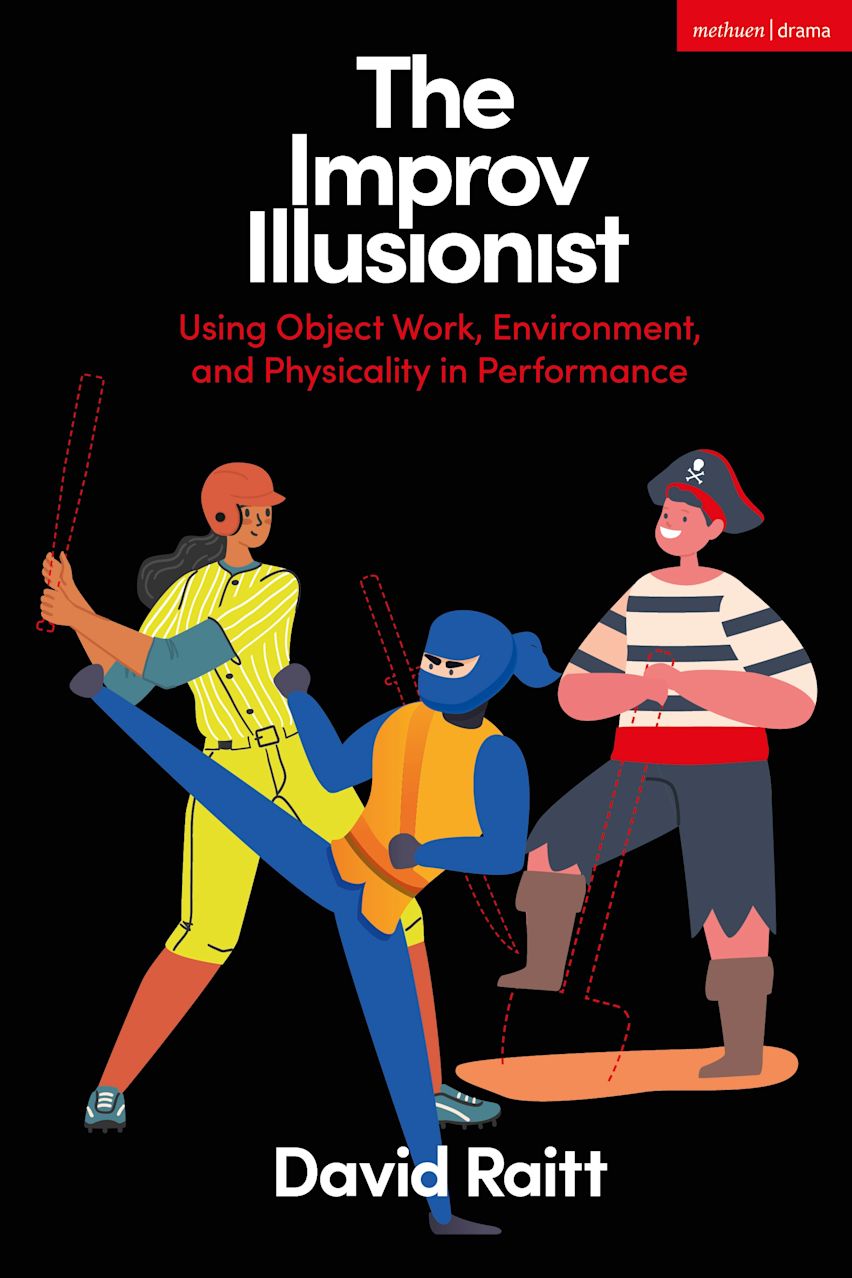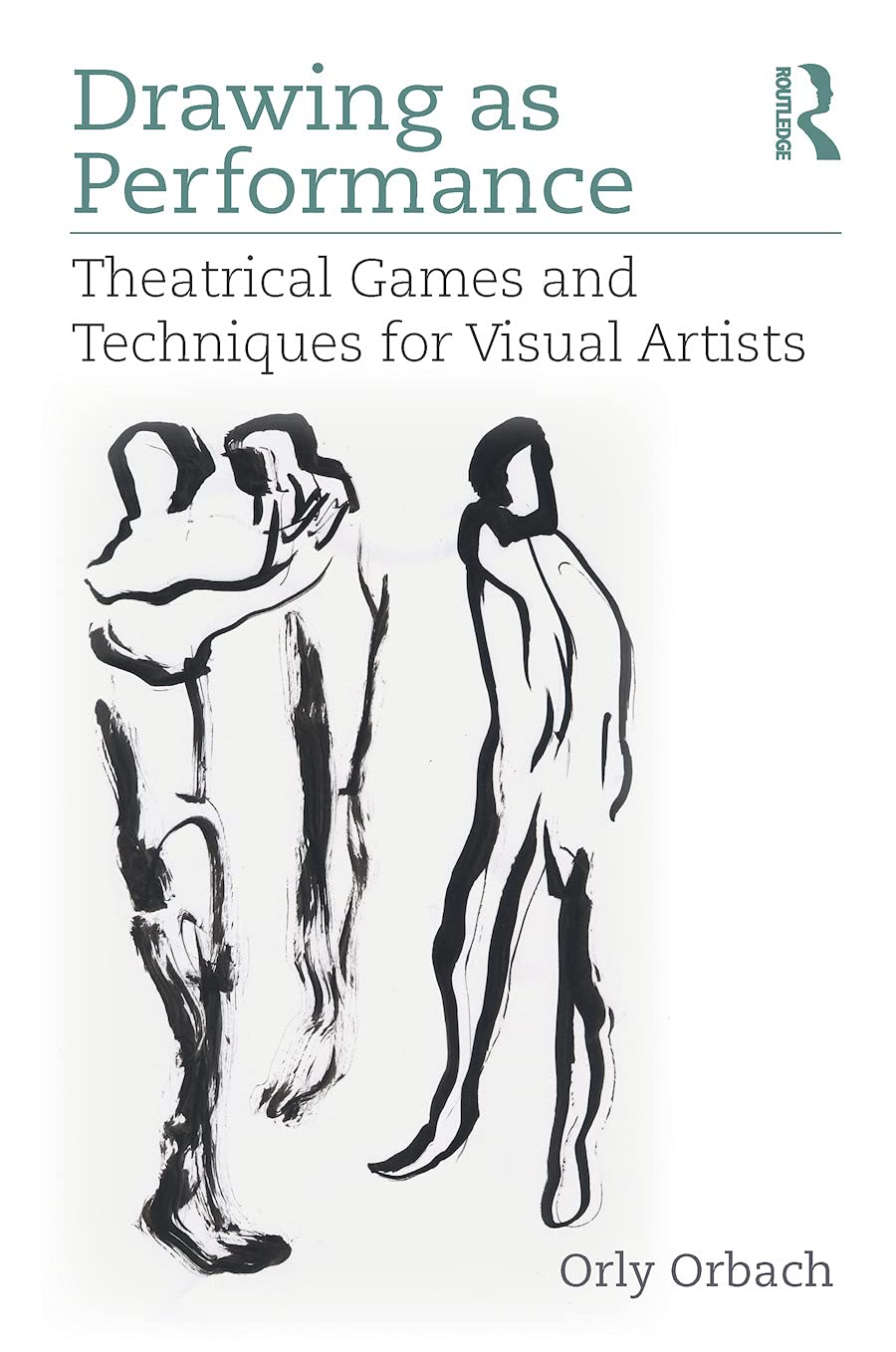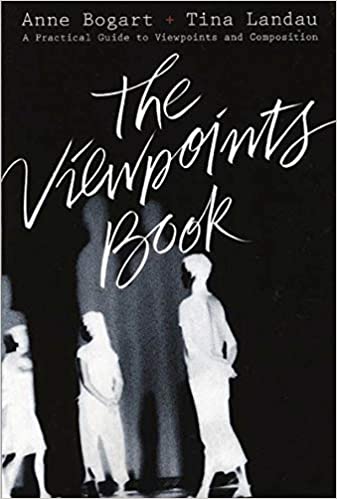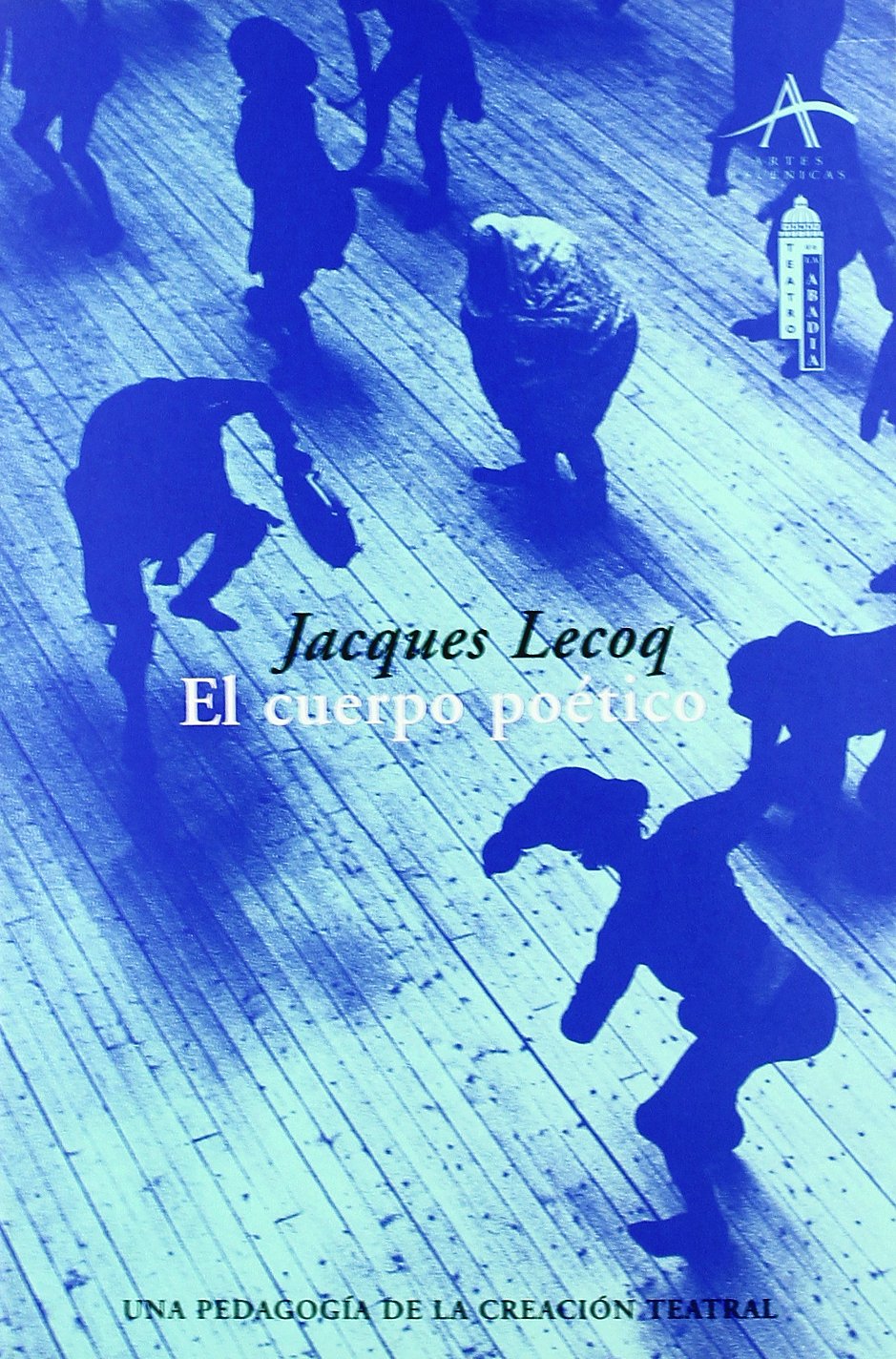The Improv IllusionistUsing Object Work, Environment, and Physicality in Performance Object work, environment and physicality are essential for improvisational theatre. Skilled improvisers can draw audiences into the performance by helping them see things that aren’t there. The Improv Illusionist is the first book dedicated to physical improv. It reveals why these skills are so important, how to fix bad habits that develop over time and practical techniques for being more physical on stage. The book features over 50 exercises to help improvisers develop their skills through solo and group work. Instructors will also find notes and tips for teaching physical improv.Improvisers of all ages and experience levels will learn how to: * become more playful through exploring physical activity;* eliminate miscommunication with other players by adding precision to object work;* get new ideas for scenes by exploring the environment and activities;* develop an eye for real-world detail and how to reproduce it in improv;* add more visual flair to scenes;* stay safe, both physically and emotionally, in shows, rehearsals and classesEven the most seasoned improv performers often struggle to be more physical, so this book fills an important niche in improv actor training.
Physicality
Physicality involves the use of the body as an expressive tool in acting. The following books may or may not be impro, but they offer interesting tools for creating improv from the body.
Making connections between drama and drawing, Drawing as Performance introduces visual artists and designers to rehearsal techniques, theory, and games as ways of developing image-making and visual communication skills. Drawing from the fields of theatre and anthropology, this book is full of practical exercises that encourage experimentation and play as methods of making expressive, communicative, and meaningful images. Ideas are adapted from the rehearsal room to the drawing studio, offering artists a fresh approach to translating experiences into visual images. Games and exercises are accompanied by demonstrations and responses from professional practitioners and visual communication students. This one-of-a-kind book guides students and professionals alike to improvisation, self-expression, and reflective visual communication techniques in order to narrow the gap between the handmade image and inner experience from which artists draw their inspiration.
The Viewpoints is a technique of improvisation that grew out of the postmodern dance world. It was first articulated by choreographer Mary Overlie, who broke down the two dominant issues performers deal with—space and time—into six categories. Since that time, directors Anne Bogart and Tina Landau have expanded her notions and adapted them for actors to function together spontaneously and intuitively and to generate bold, theatrical work. The Viewpoints are a set of names given to certain principles of movement through time and space—they constitute a language for talking about what happens on stage. Coupling this with Composition, which is the practice of selecting and arranging the separate components of theatrical language into a cohesive work of art, provides theatre artists with an important new tool for creating and understanding their art form. Primarily intended for the many theatre artists who, in the last several years, have become intrigued with Viewpoints yet have had no single source to refer to in their investigations. It can also be used by anyone with a general interest in collaboration and the creative process, whether in art, business or daily life. Anne Bogart is Artistic Director of the SITI Company, which she founded with…
Animated by the same spirit as Stanislavski, Vakhtangov, Michael Chekhov, or Meierhold, his own experience as an actor and director leads Lecoq to reformulate principles, investigate processes, and reveal new aspects of the dynamic relationship of the actor, the body, and space.



